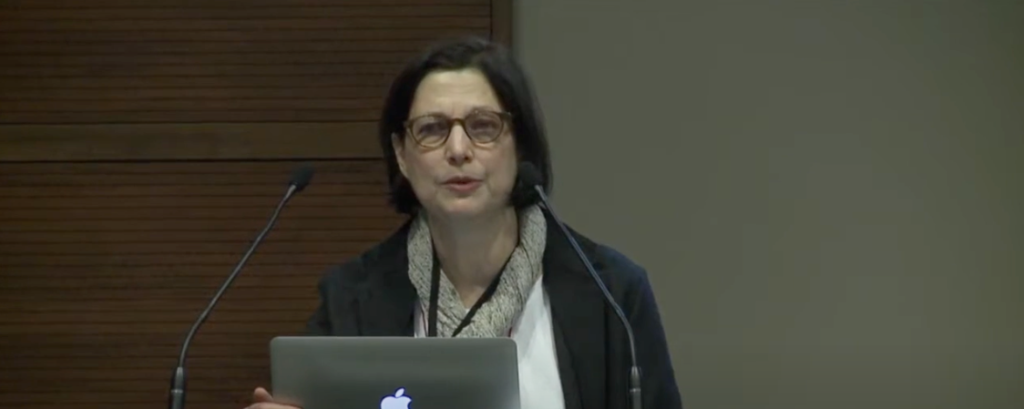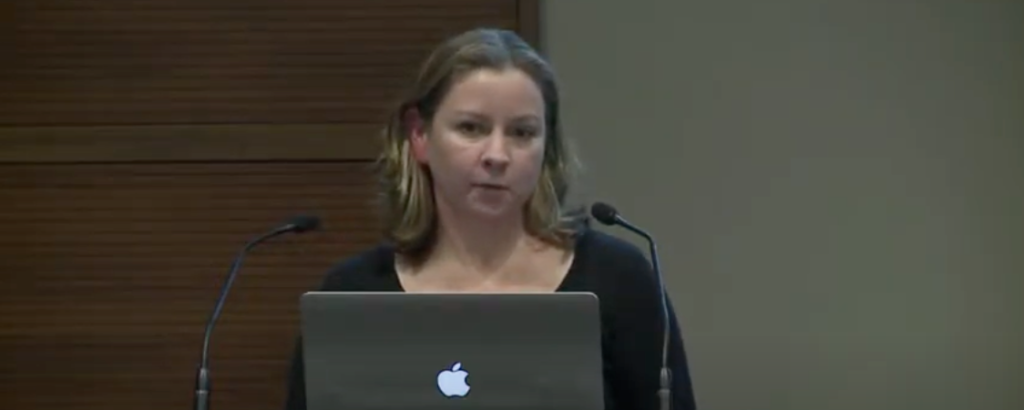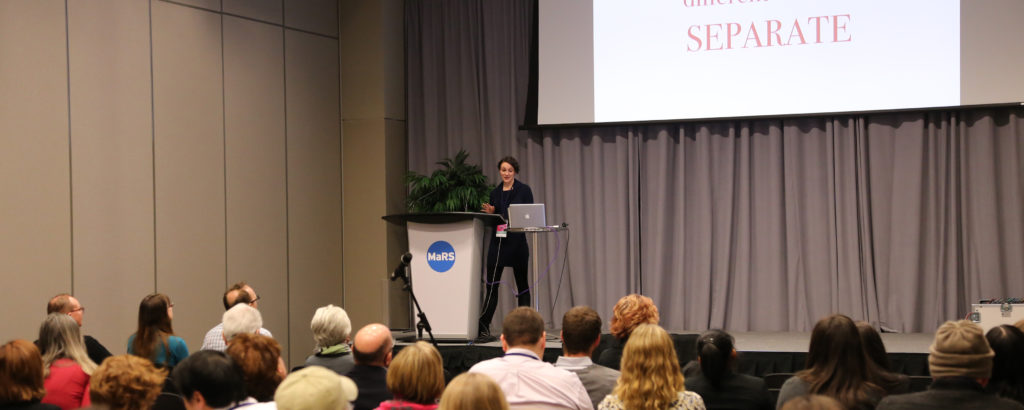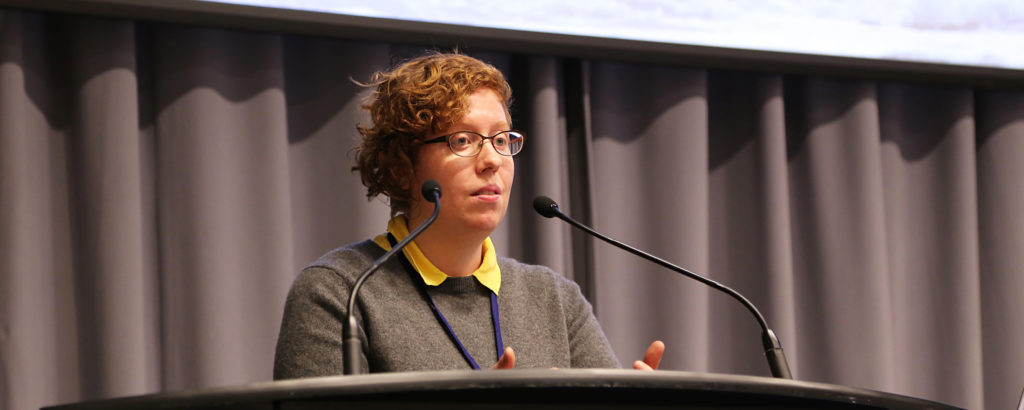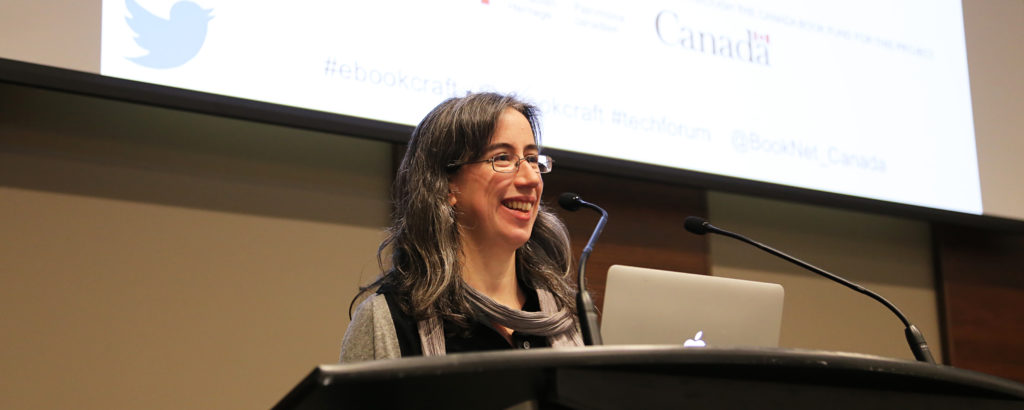Myles Fuchs presents useful insights and various “entry points” to digital publishing for iOS and Android apps, ebooks for leading platforms, and to the web from single source content.
2014
Books are set to become the next big forum for public thinking — as readers begin sharing their ideas and arguing in the margins. How will this transform the way we read, discover, and enjoy books?
Learn how over 250 publishers, indie authors, and small presses are incorporating NetGalley into their marketing and publicity activities.
How well do you know the Canadian book buyer? At this session, BookNet Canada’s Noah Genner and Pamela Millar present key findings from BNC’s recent consumer research studies.
Matt Garrish talks about EPUB accessibility and conformance standards.
Richard Nash explains how the publishing business is shifting from manufacturing to service, a change vastly more disruptive but also offering vastly greater opportunity than the shift from print to digital.
How can UX (User Experience) R&D work in digital publishing, and how can we use it to improve our products and processes?
Explore digital art book projects that worked well or not so well. You’ll leave with a better understanding of what art book publishers want and how to give it to them.
It’s time to think about upgrading your metadata to support Thema and ONIX 3.0.
While the dream of a single metadata feed for all product forms still eludes us, there are ways that you can streamline the process of creating and updating the records for different formats in BiblioShare.
Using a combination of improved data input and CataList’s excellent edit function, you can quickly and easily take the data you have and make your CataList pages informative, beautiful, and clean.
Liza Daly makes a case for clean ebook markup.







